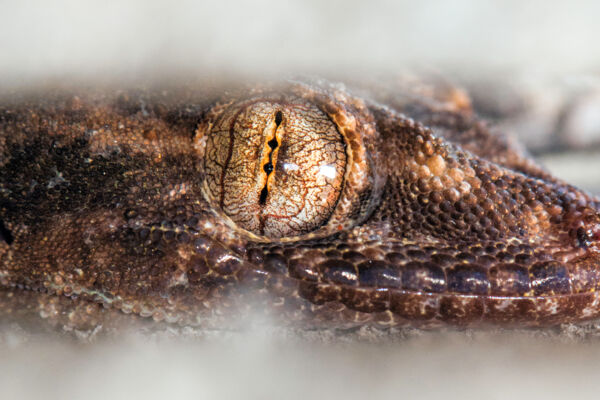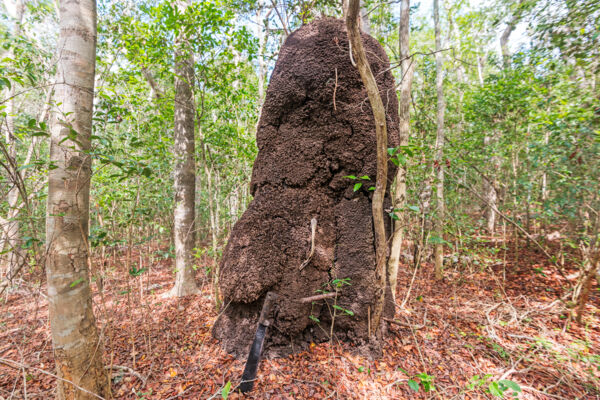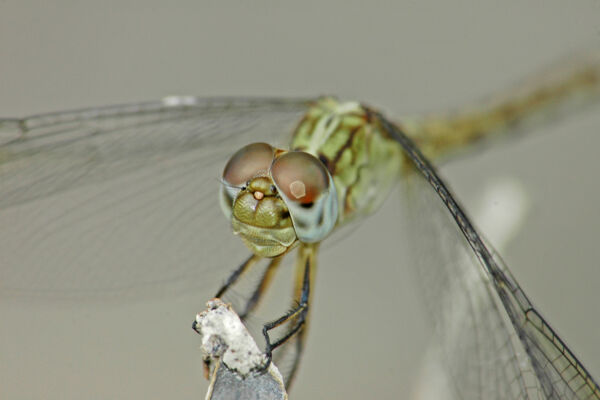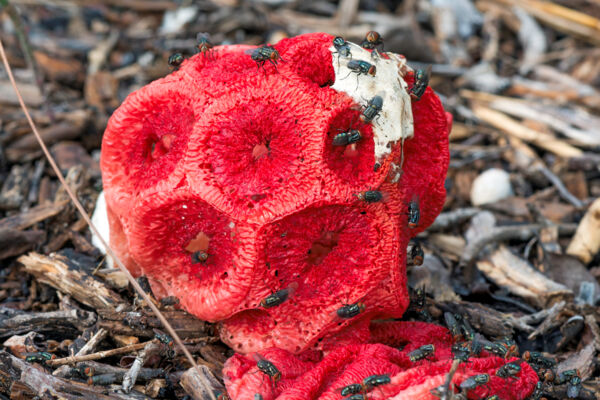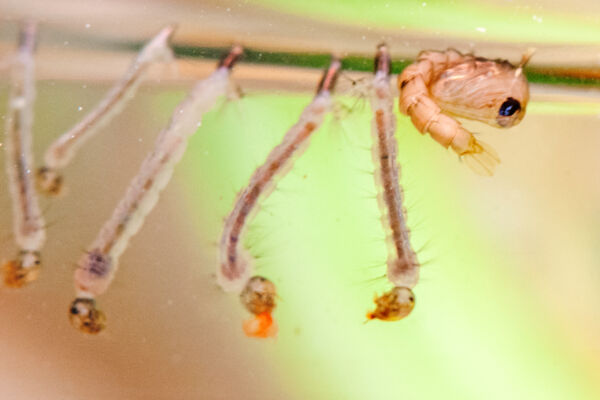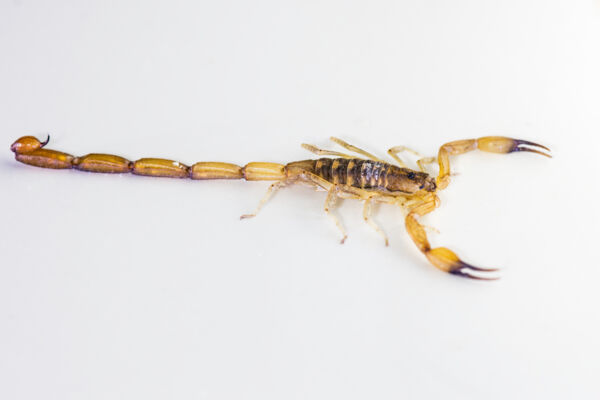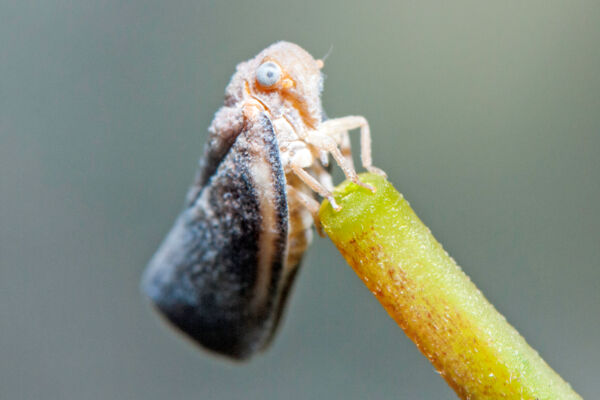Turks and Caicos Pest Control
As a tropical environment that doesn’t experience distinct seasons, the Turks and Caicos has its fair share of household, landscaping, and agricultural pests. Preventive pest control is highly recommended for residential and commercial structures.
Pest Control Services
There are several professional pest control and exterminator services in the Turks and Caicos, which offer both preventive and responsive services, including spraying, fumigation, and trap placement and maintenance. Many of the pest control companies operating in the Turks and Caicos are located on the island of Providenciales.
Common Household Pests
Termites
Termites are of course often foremost in the mind of homeowners when pest control is mentioned. There are two common types that may be encountered in the Turks and Caicos, commonly differentiated as damp wood termites and drywood termites.
The greatest consideration when it comes to termites is to simply not incorporate untreated types of the wood and cellulose that termites like into your structure. Termites have the uncanny ability to detect edible finish woods in cabinets and possessions, regardless of whether the surrounding structure is pressure treated.
One event that happens occasionally on all of the larger islands in the Turks and Caicos is termite swarms, where termite alates depart existing colonies to form new colonies. The swarms typically happen in the late afternoon, and are indicative that there are nests in the general region.
Drywood termites are also present in the Turk and Caicos, and may even be present in imported wood. Drywood termites can be very difficult to control, and even detect. Unlike the more common variety of termite that builds black tubes and mound systems, often the only sign of drywood termite presence are their tan-colored sawdust-like droppings (frass).
Cockroaches
Cockroaches, primarily American cockroaches and German Cockroaches, are constant in the environment of the Turks and Caicos, and at times can become in problem in residences.
Ants
The ever-present ant is found on all islands, rocks, and cays in the Turks and Caicos of any decent size. There are many types of ants found here, and they can be quite difficult to control. Regular cleaning and maintenance spraying are typically the best approach to keeping ants away.
Bed Bugs
Bed bugs are known to be present in the islands, yet are not common. If suspected to be extant in a structure, it’s best to act fast as they can be difficult to control.
Millipedes
The invasive yellow-banded millipede can emerge in great numbers after rains, often seen climbing walls or invading older houses that have many routes of ingress. They are typically easy to control and are not dangerous, yet can be annoying in their seemingly endless supply. A decade or two ago, sighting a single yellow-banded millipede was an anomaly. These millipedes only consume dead vegetation, so they are no threat to your home, and are actually good for the garden and landscaping.
Reptiles and Amphibians
Regarding reptiles and amphibians, typically the only annoying creatures are invasive variants, primarily the common house gecko and the Cuban tree frog. House geckos are very proficient at finding ways into residences, and Cuban tree frogs get into cisterns and gutters, and can emerge in numbers during periods of heavy rains.
The Turks and Caicos is home to a few types of endemic and globally threatened geckos, skinks, anoles, and lizards, yet our native variants tend not to invade residences.
Mosquitos and Biting Midges
Mosquitos and biting midges (also known as no-see-ums or sand fleas) can be obnoxious in the Turks and Caicos. Mosquitoes are present on most islands, are more prevalent in areas with low salinity standing water, and can emerge in large numbers after rainy periods. The government and some resorts do fog when mosquitos become a problem, typically with Malathion or pyrethrins.
Biting midges can be as much of an annoyance as mosquitos are, yet are typically isolated to specific environments, often damp sandy or dune coastal environments that are sheltered from the wind.
Poisonous, Venomous, and Dangerous Creatures
From a terrestrial wildlife perspective, the Turks and Caicos is one of the safest countries in the world. We have four native snakes, two miniature boas and two tiny blind snakes, which are amongst the least threatening snakes (to human!) on Earth.
On the stinging and biting insect front, there are several creatures to watch for. By far the most common, especially in developed areas, are wasps, often of the paper wasp variety. Our archipelago is also home to the giant centipede and the Caribbean scorpion. Both can inflict painful stings, yet they are typically equal to the paper wasp in severity. Our native scorpion and centipede are very uncommon.
The brown widow, and to a much less extent the black widow and brown recluse spiders are also present in the Turks and Caicos.
Rats and Mice
Invasive rats and mice unfortunately are now established on many of the larger islands in the Turks and Caicos, and were likely introduced by early European explorers, sailors, and settlers. Although the rodents are present in the islands, they typically are not seen in significant numbers, and disregarding their impact on native species, are usually not a major annoyance in daily life. Common trapping methods are typically effective.
Pest Control for Landscaping and Agriculture
Due to the lack of distinct seasons in the Turks and Caicos, many types of flora pests and diseases are well-established in the islands, and imported many types of imported plants are susceptible to infestations. When considering plants for landscaping, it’s important to consider ongoing maintenance and pest control. Simply utilizing flora that is resistant, which in many cases can be native plants, often is the best choice.
‘Green’ Pest Control
There’s an ongoing movement for pest control that doesn’t use potentially dangerous and environment-damaging pesticides, but the best complement to environmentally friendly treatments and chemicals is intelligent home and landscaping design, and proper construction methods. See Building a Home for ideas.

